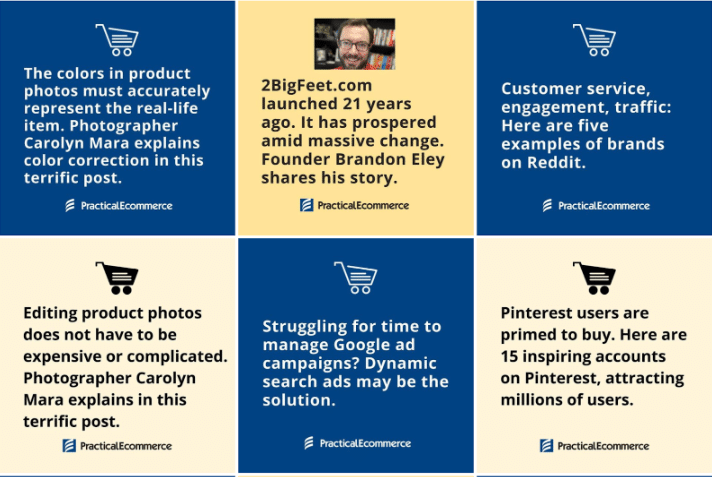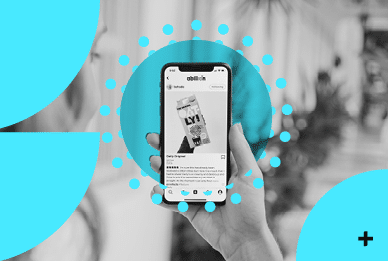1. Start with Strategy
Knowing where you want to get is step one. Take the time to determine who you want to reach and why. How do you want them to view your business? What do you want them to take away from their interactions? Nailing the answers to these questions is essentials because the success of the rest of the process depends on a sound strategy. Don’t skip this step!2. Create Great Content
Sounds like a no-brainer, but actually accomplishing this takes work. Publishing compelling B2B content requires truly understanding your audience (see Step 1). Your goal may be to convey 3 important points about your business, but you must do so in a way to meets the needs of your readers or your message will never get through. To position your business-to-business brand effectively, think about the mindset of your audience. What are their needs, concerns, and aspirations? How can your business fit into that mental landscape?3. Find the Right Format
Content marketing for B2B takes many forms, from white papers to infographics. What kind of content does your audience consume? Will they take time to watch a video or will they become impatient because they’d prefer to quickly skim an executive summary? It’s easy to extend the reach and life span of interesting B2B content by modifying it to multiple formats. Consider mixing up video, animation, graphics, webinars, teleclasses, live presentations, an auto-responder series, executive interviews, articles, blog posts, and position papers. All these formats allow people to discover your content in myriad ways, consuming it in the format that is most convenient or appealing to them personally.4. Get the Word Out
Now we (finally) get to social media! If you were tempted to Tweet first and think later, you might be surprised that social media is the last step in this process. That’s because it’s really the conduit to your content. Of course, social media will play into your strategy selection in Step 1. You need to know where your B2B buyers spend their time. Most commonly this is LinkedIn ads, Twitter, and YouTube, but it might be different for your business. Once you know which social media channels you want to use, craft your posts to support the wide variety of formats you’ve developed. You can promote a free download, invite people to a webinar, and share snippets of content as a teaser.
To sum up:
- Audience understanding is key: In the B2B landscape, understanding your audience isn’t just beneficial, it’s essential. Knowing who you’re speaking to will shape your content, ensuring it resonates and drives results.
- Value over sales: B2B leaders are often online to discover value rather than to make immediate purchases. This calls for content that educates and provides solutions rather than just selling.
- Content is king: While this phrase is common, its importance can’t be understated. B2B content should be well-researched, well-presented, and tailored to the audience’s needs and concerns.
- Diversify content formats: Different audience segments prefer different formats. Whether it’s an infographic, webinar, or blog post, diversifying formats ensures wider reach and consumption.
- Social media as a conduit: Social media platforms, especially those popular in the B2B sphere like LinkedIn, are crucial in directing traffic to your content. However, their role isn’t just to share, but to engage and foster conversations.
- Strategise before executing: Without a concrete strategy in place, even the best content can falter. Knowing your end goals and the path to get there ensures that every piece of content and every social media post has a purpose.
We are digital marketing experts




